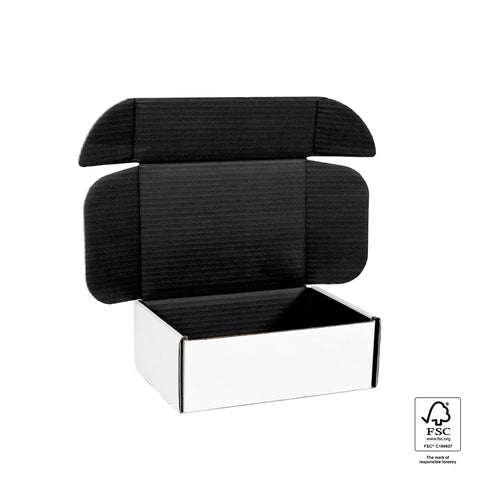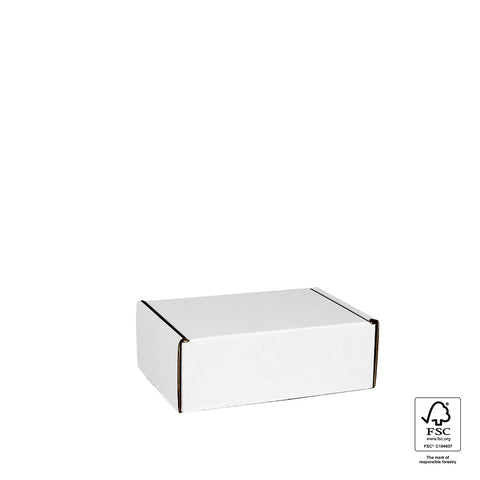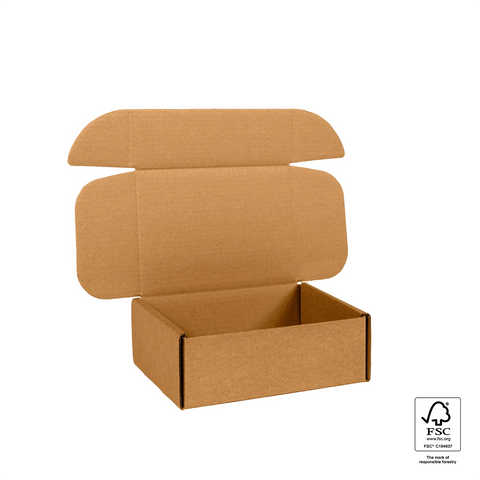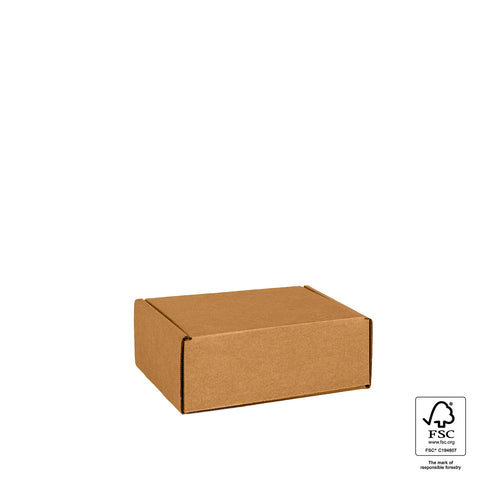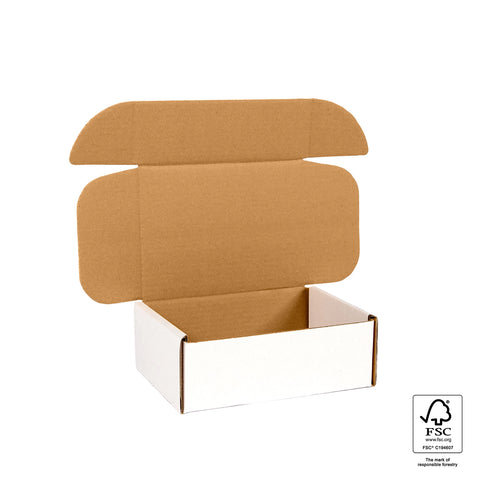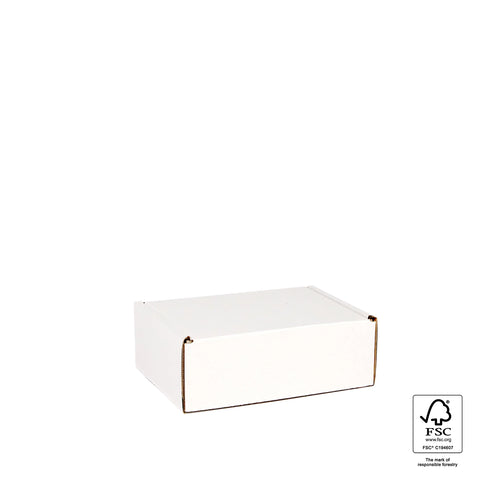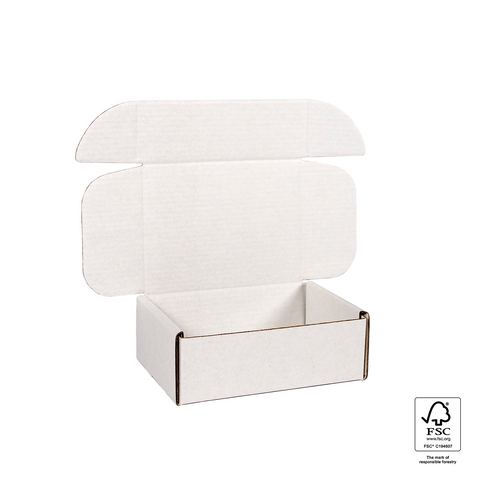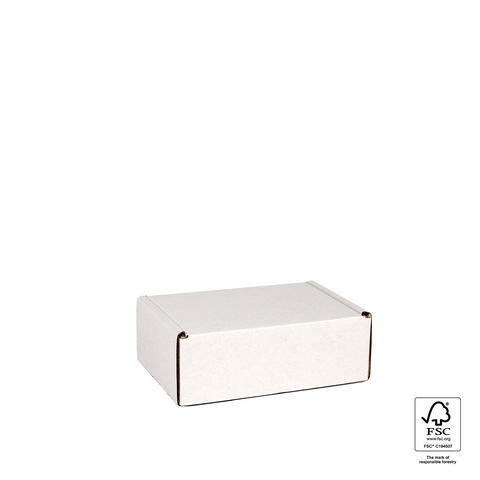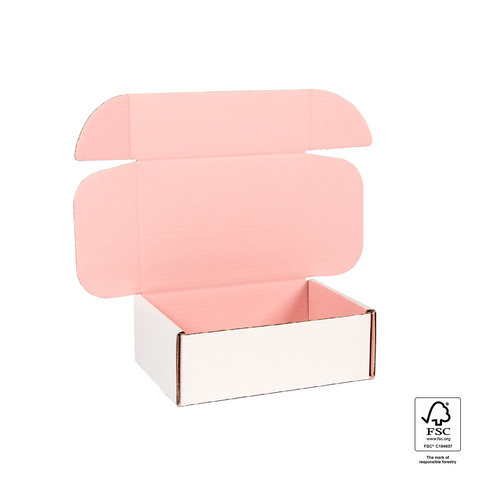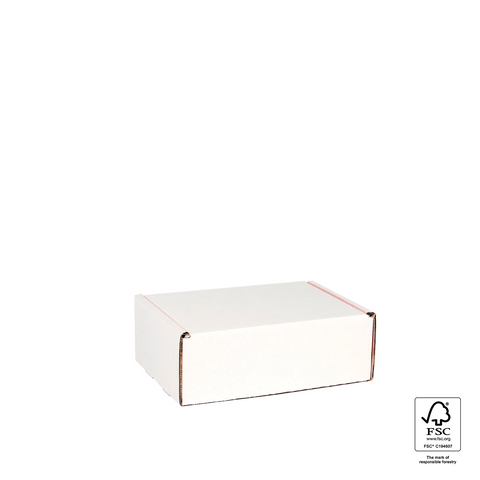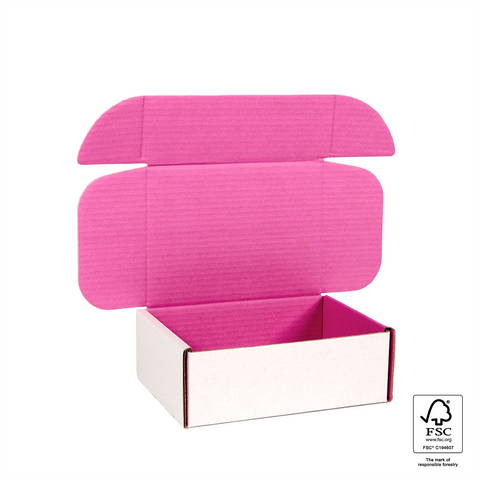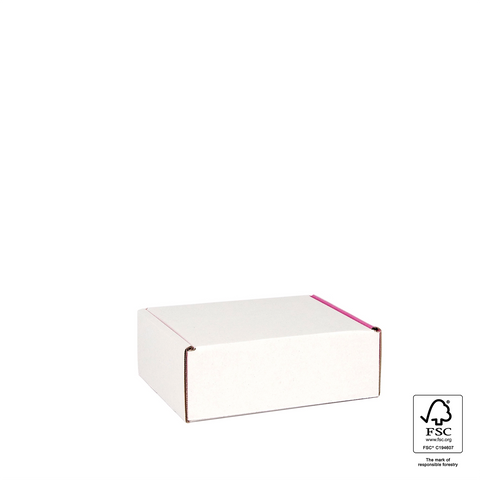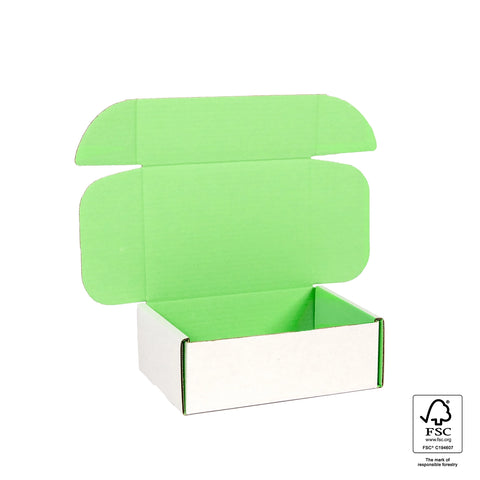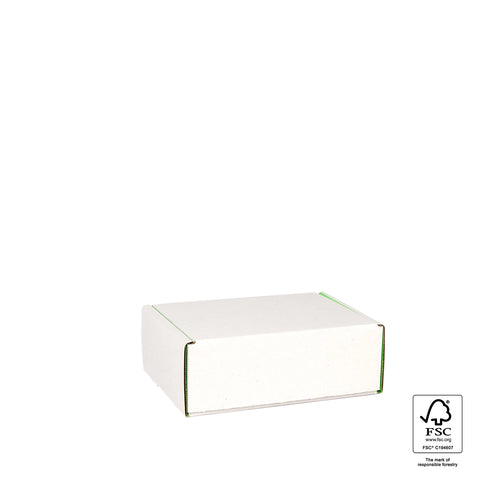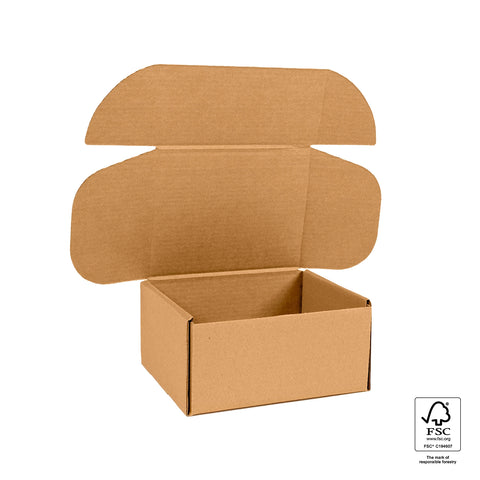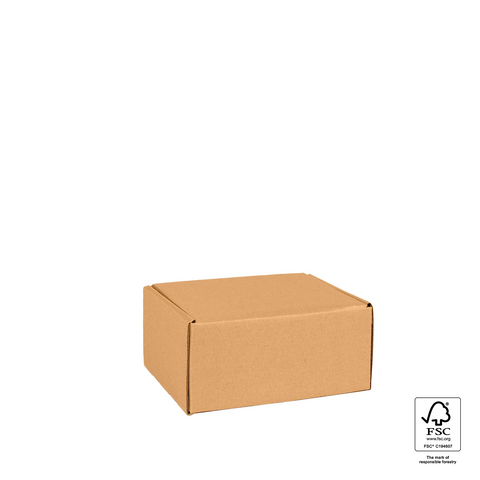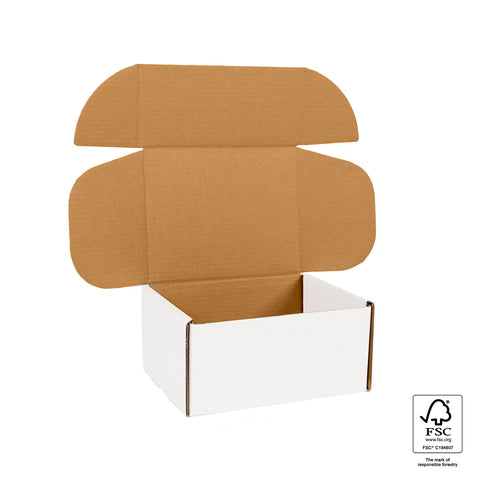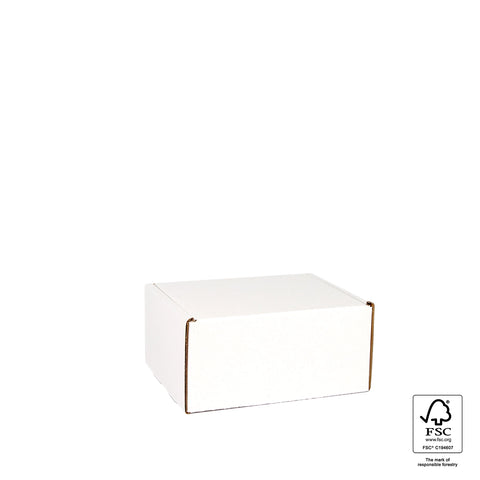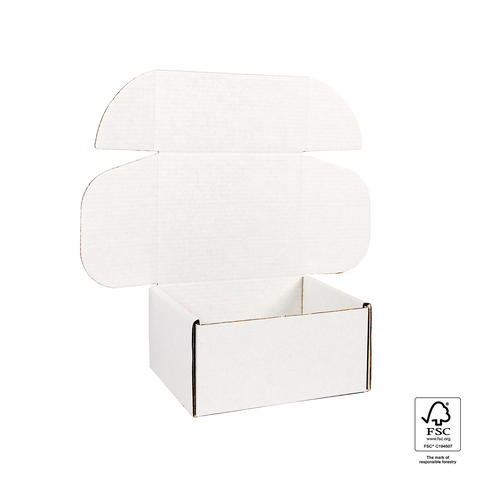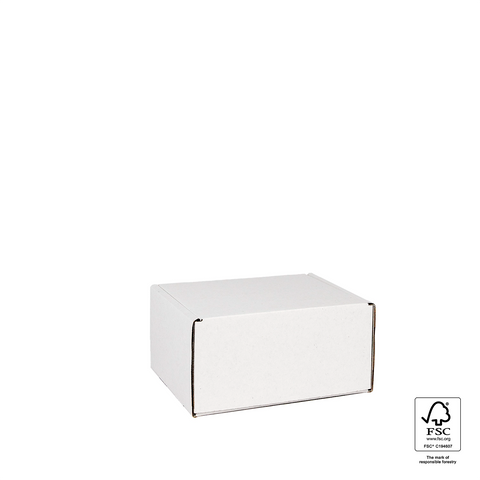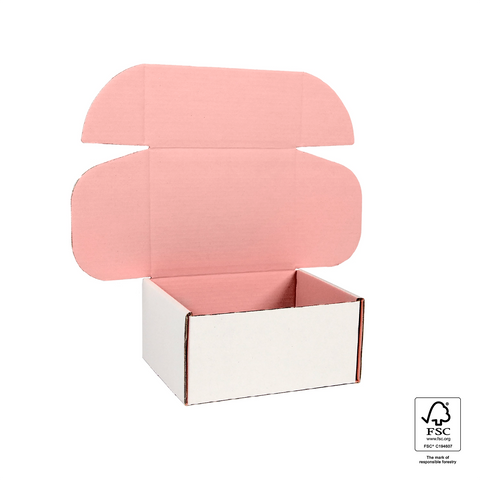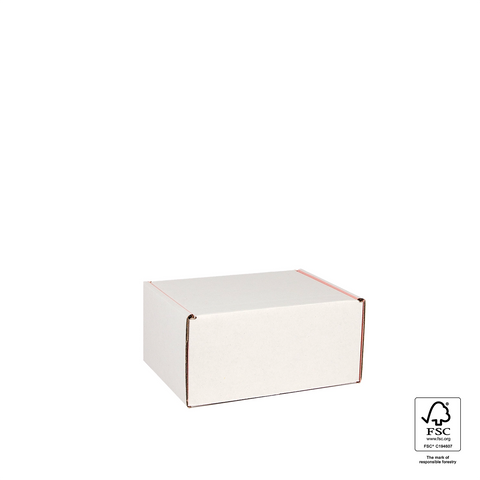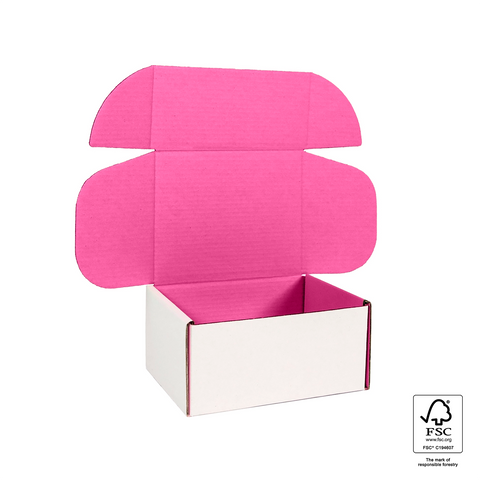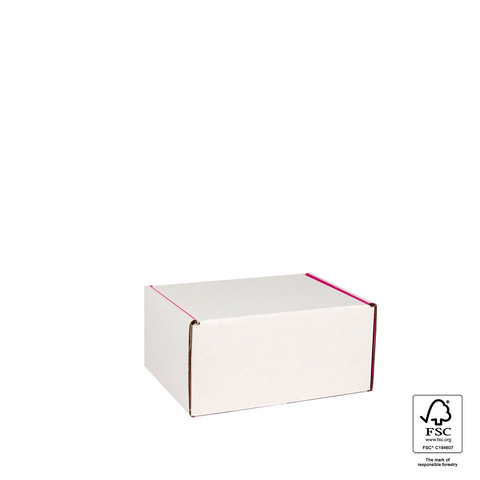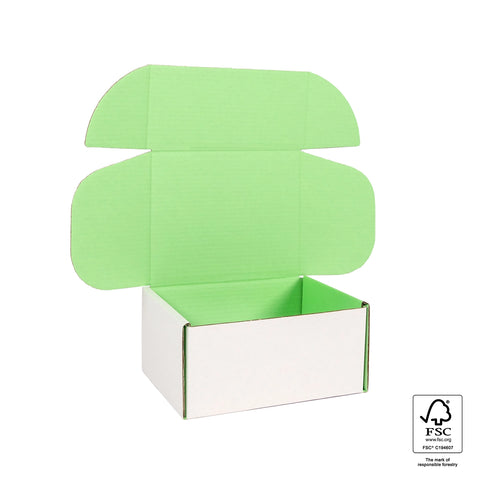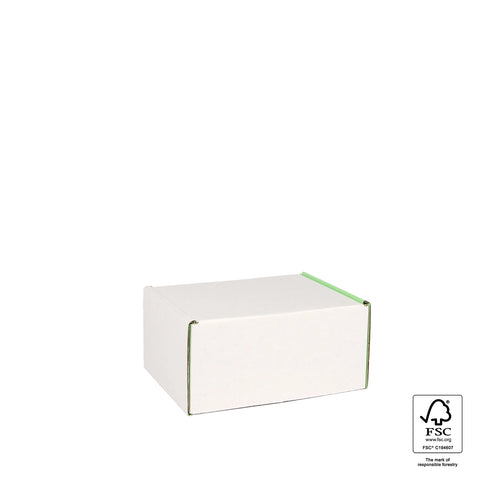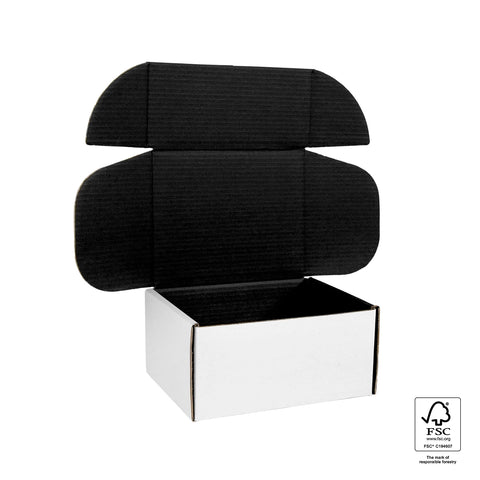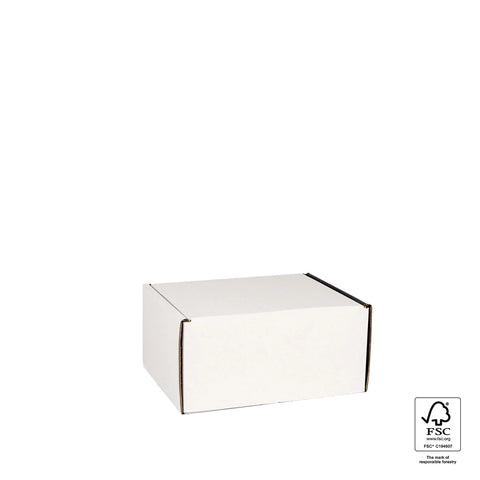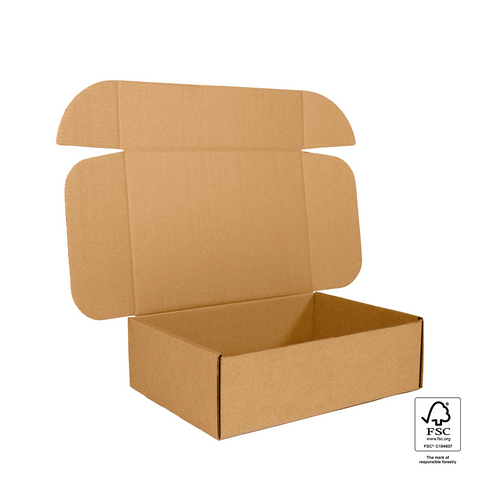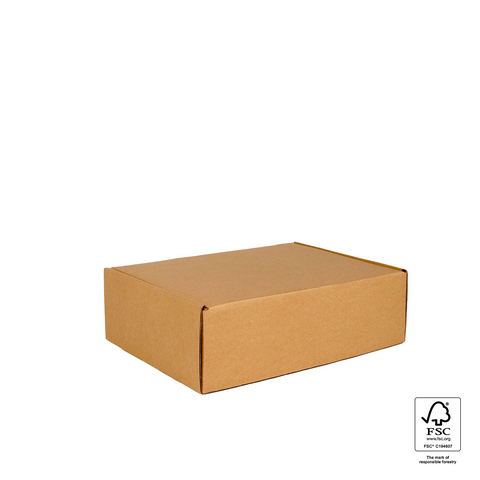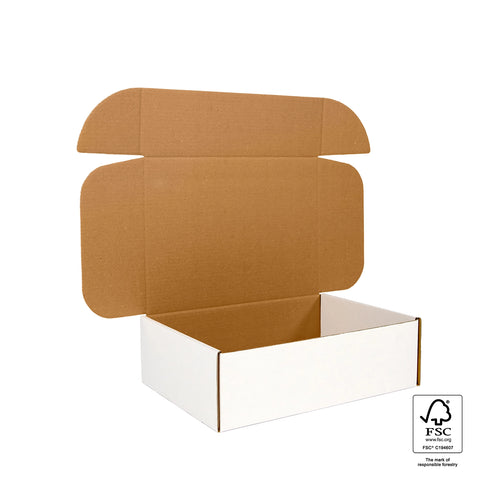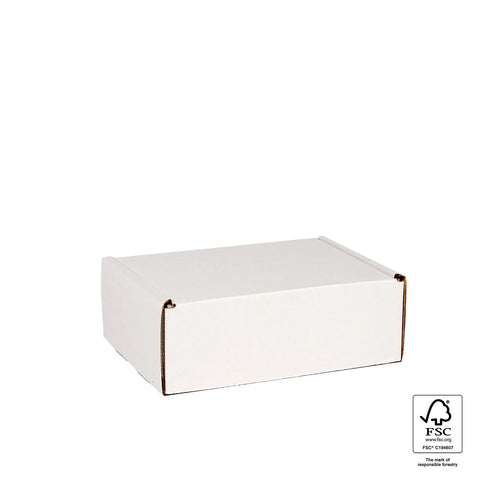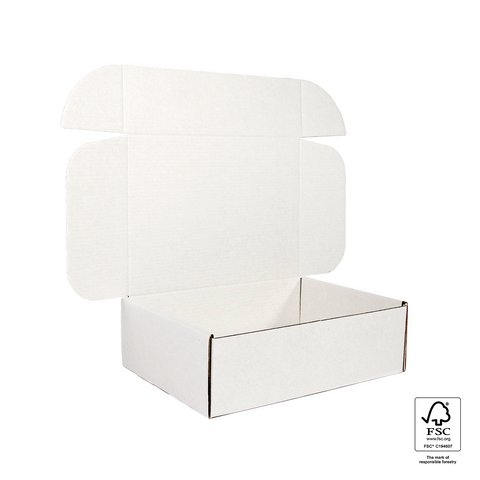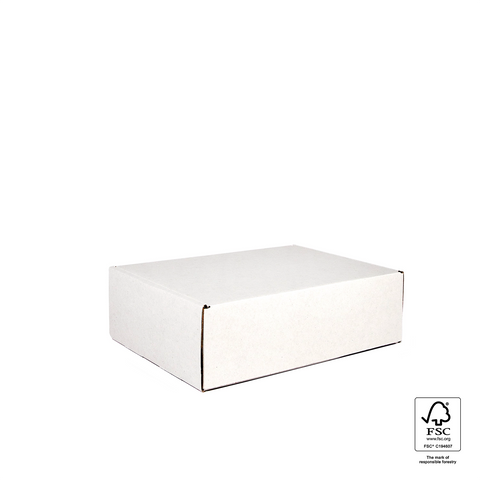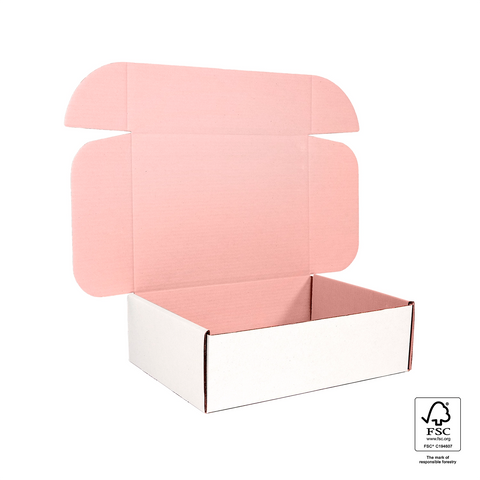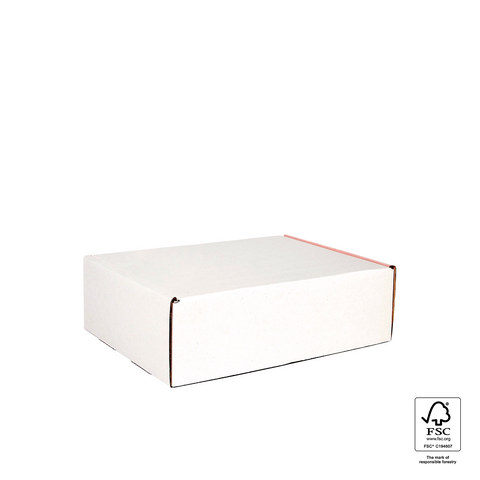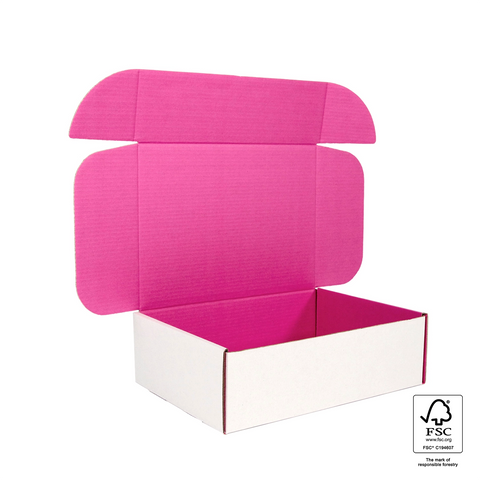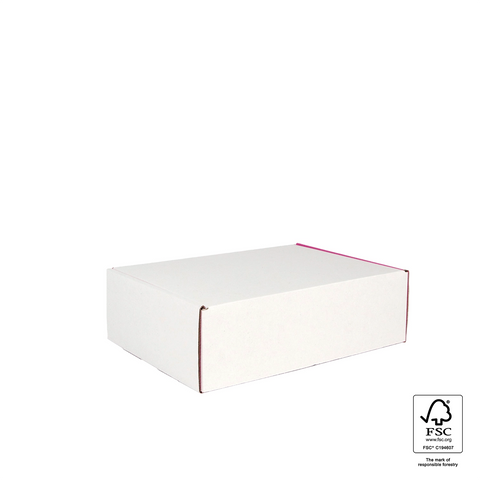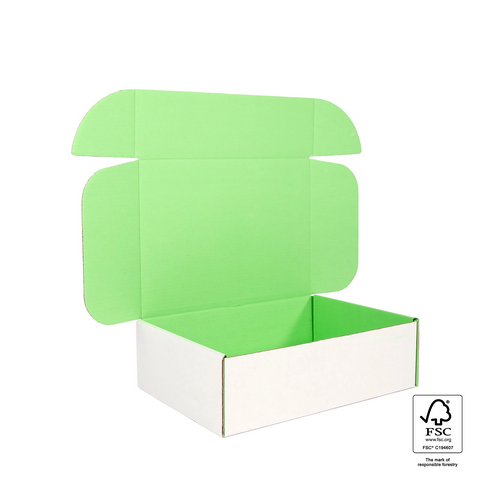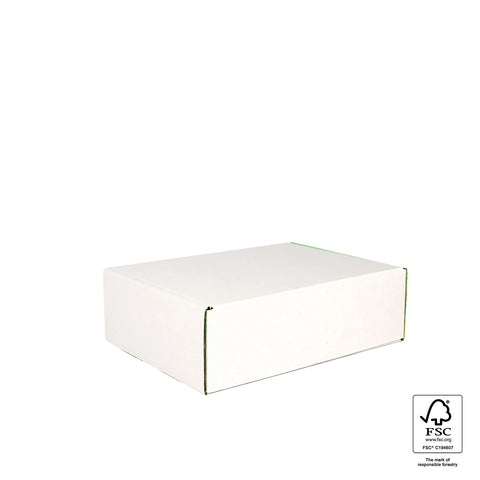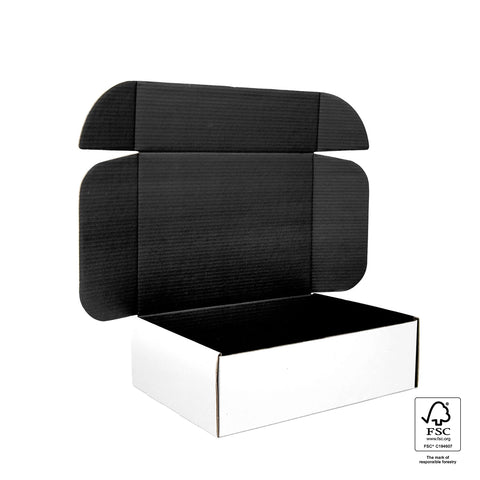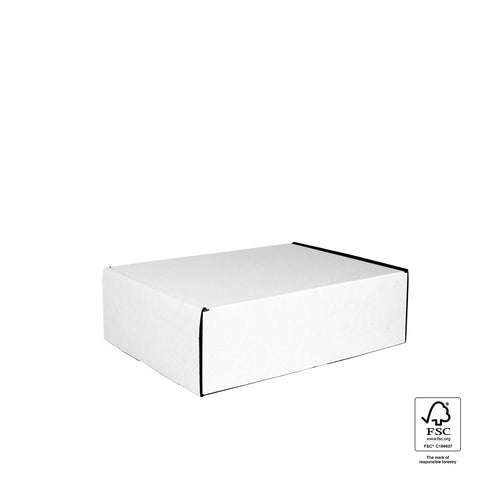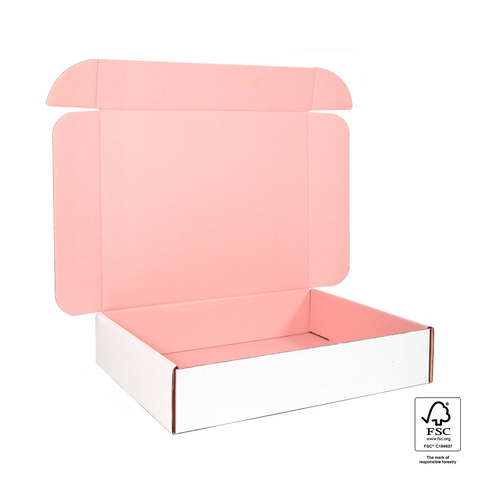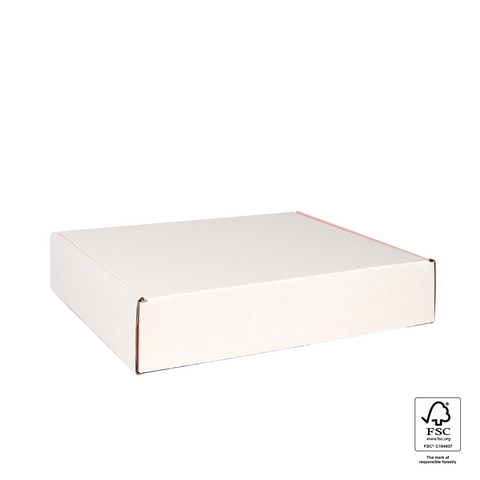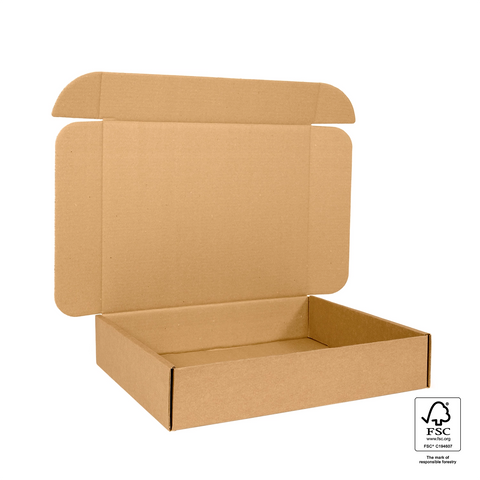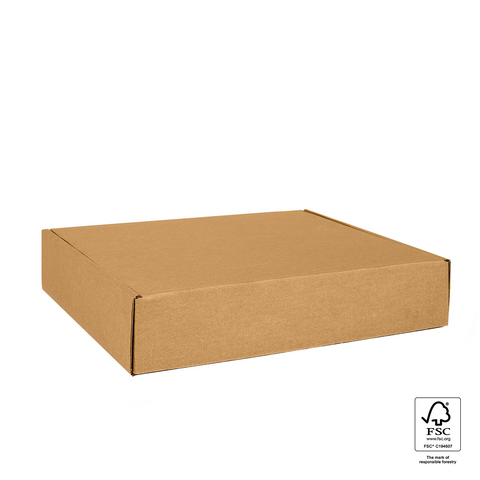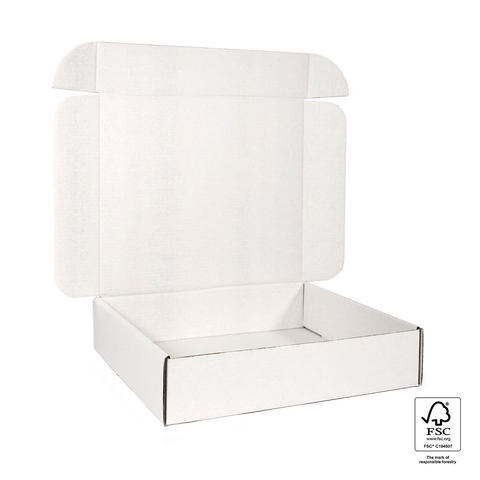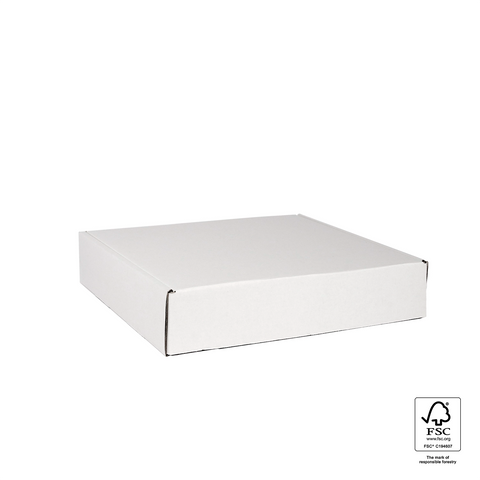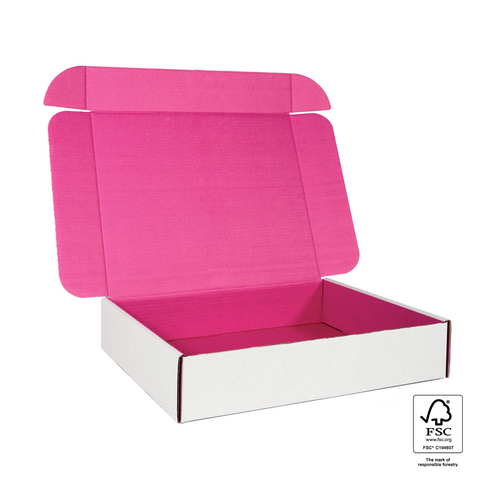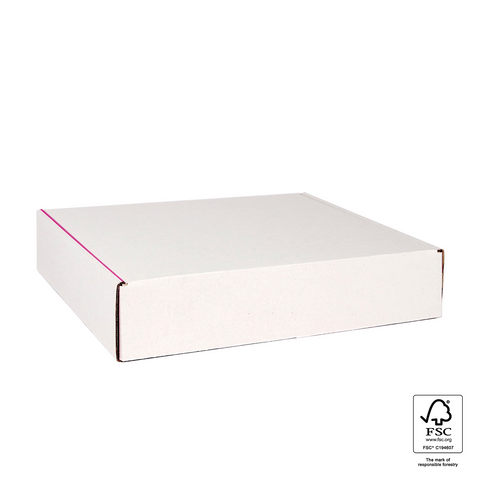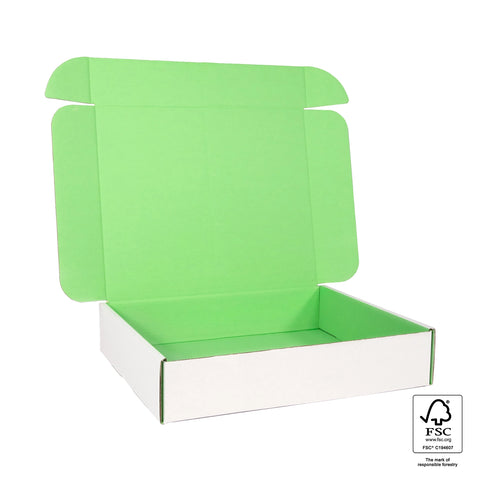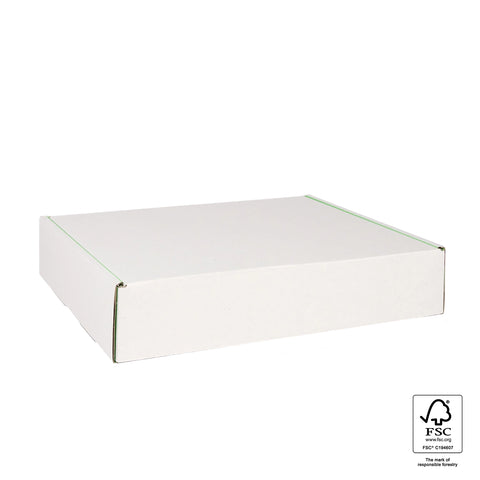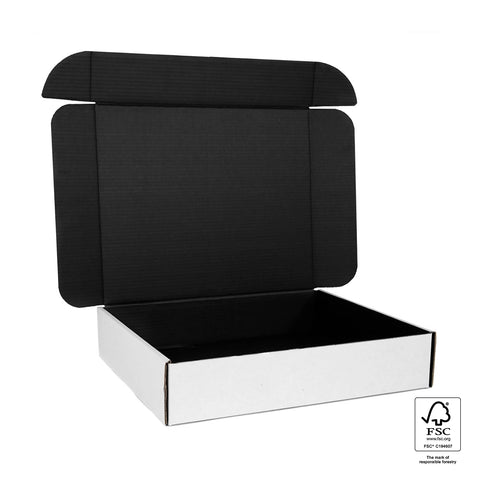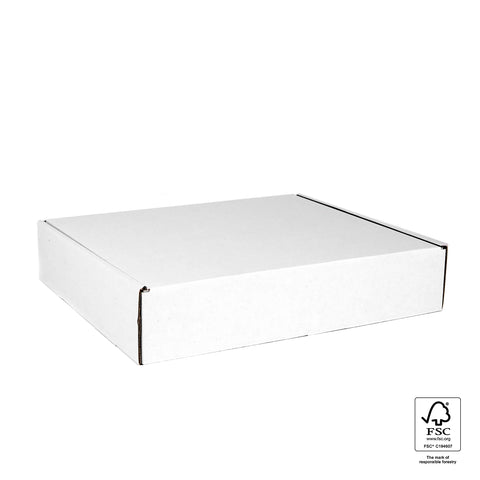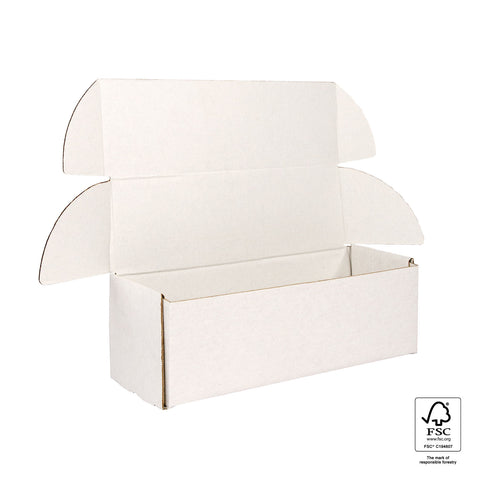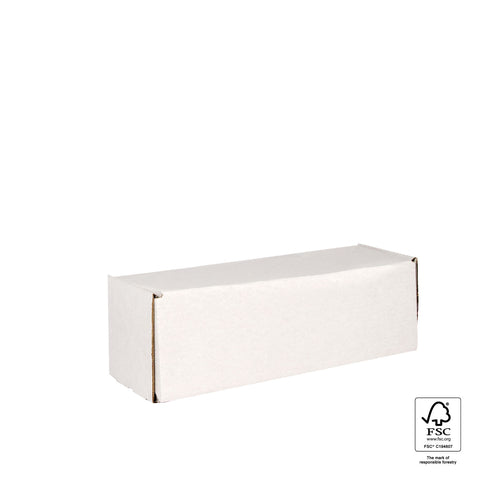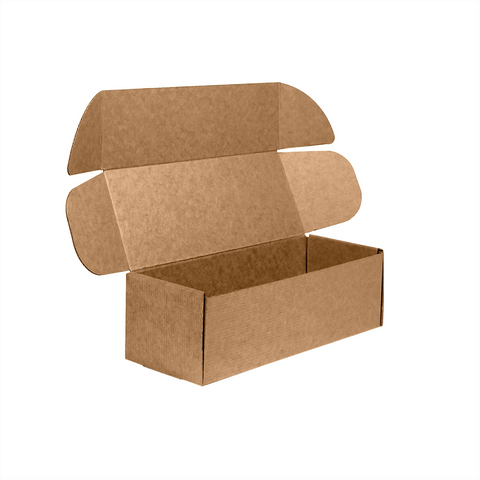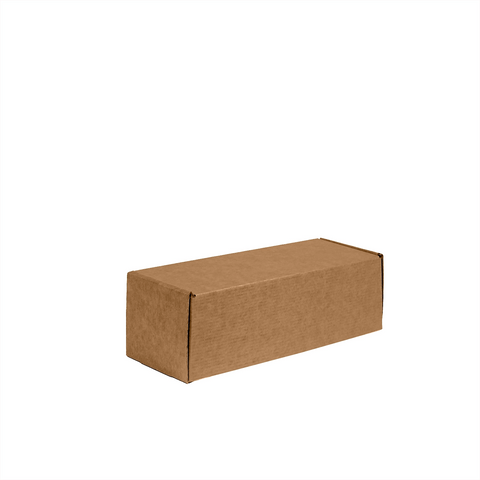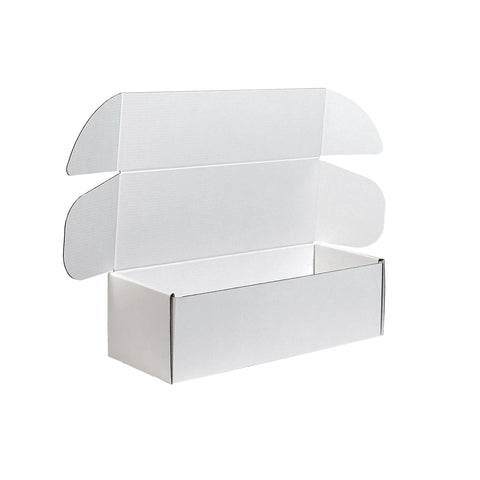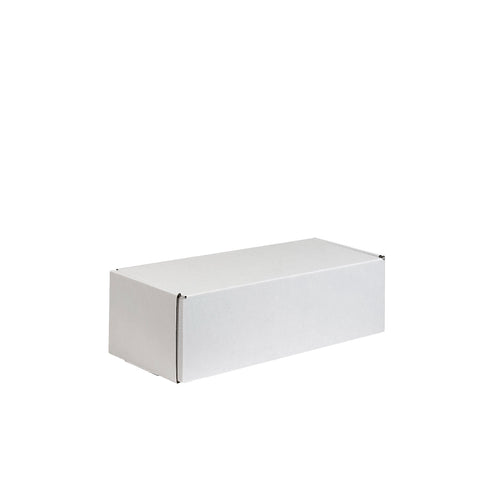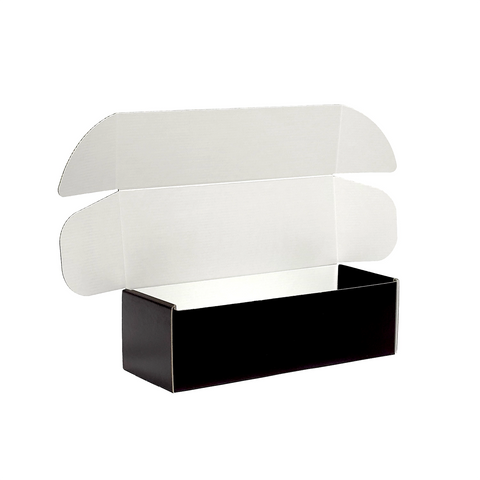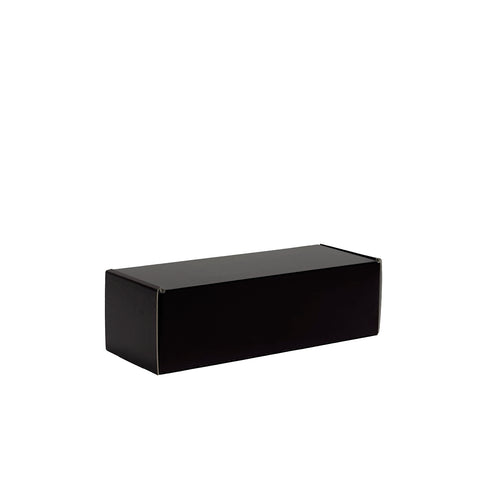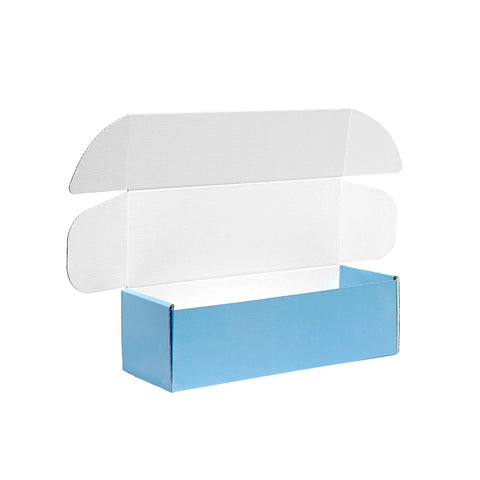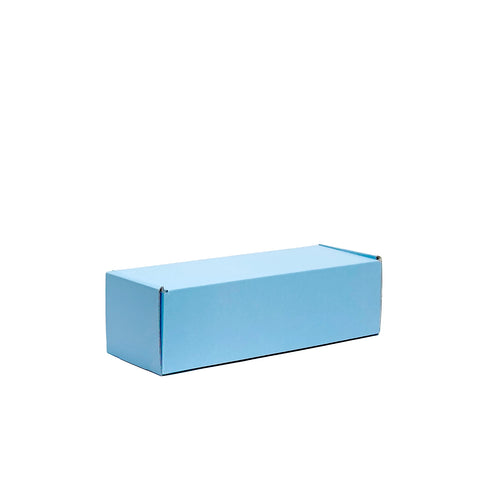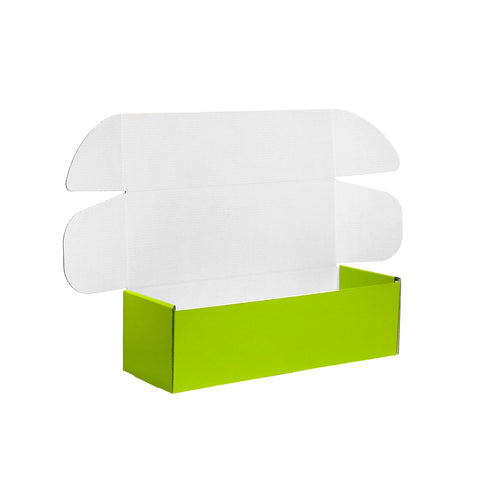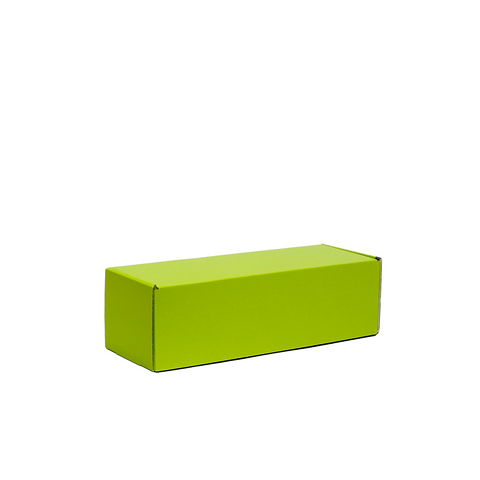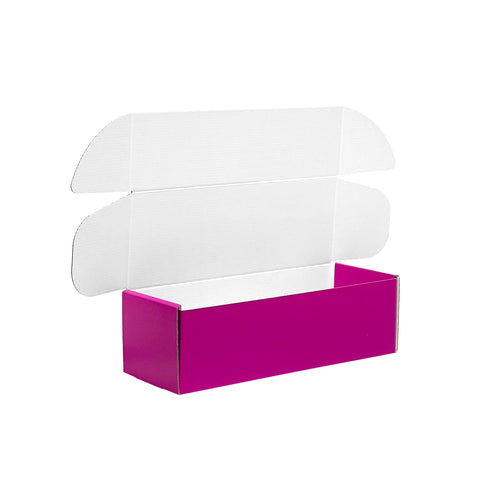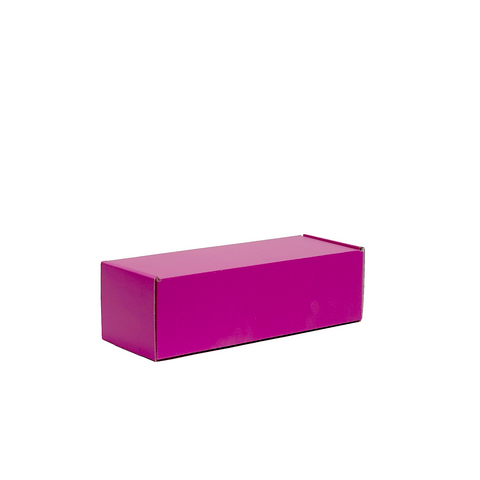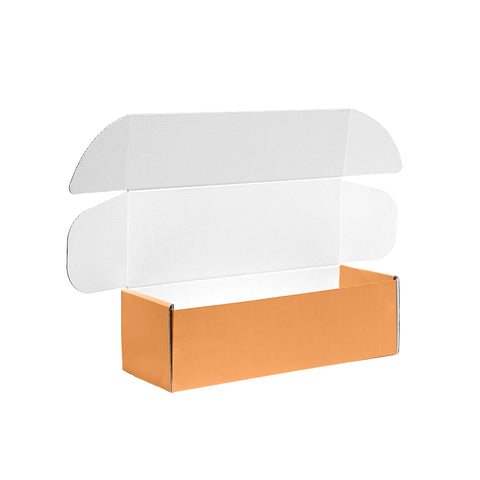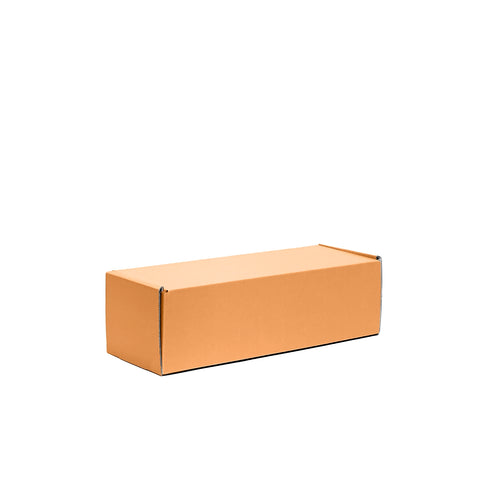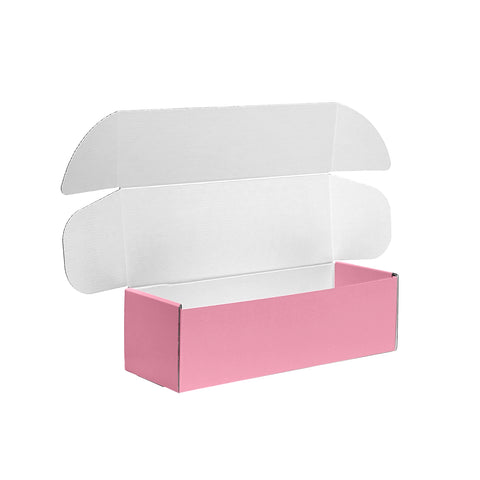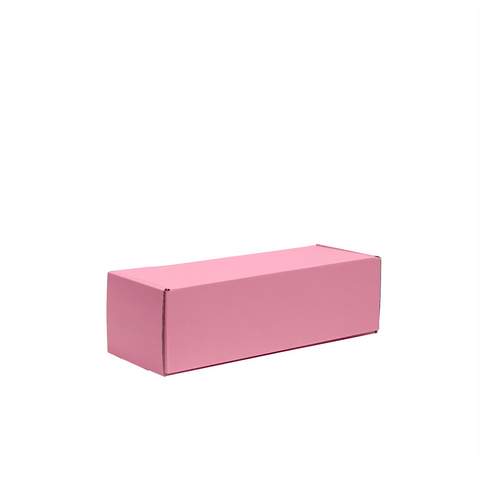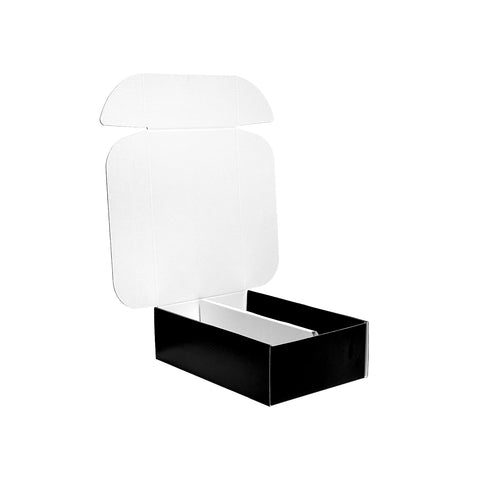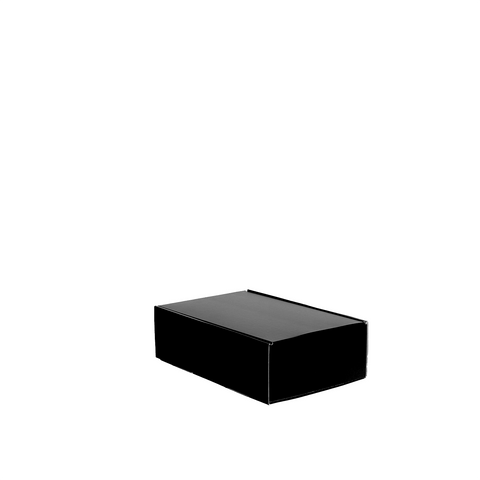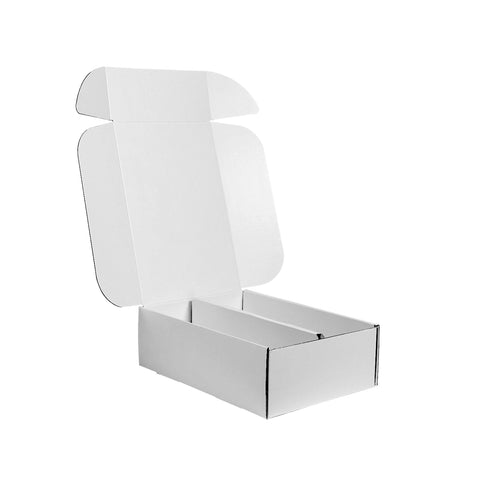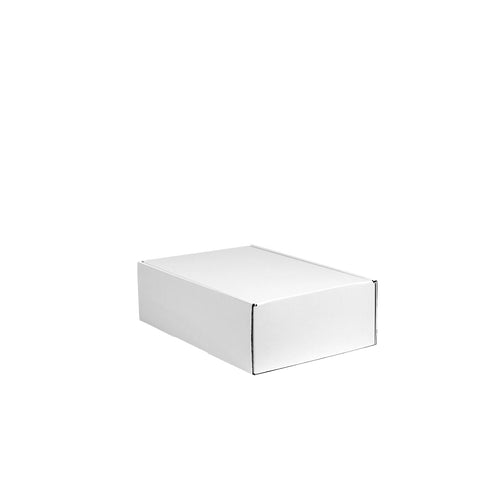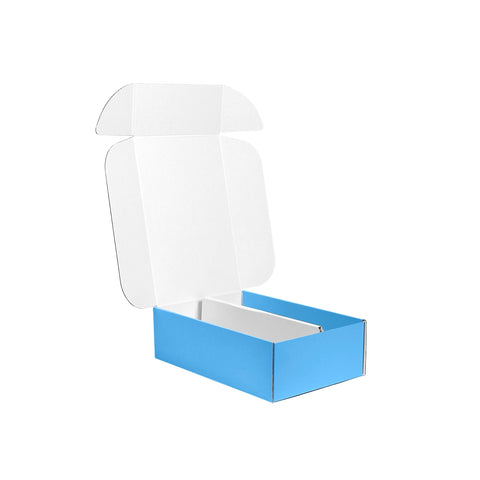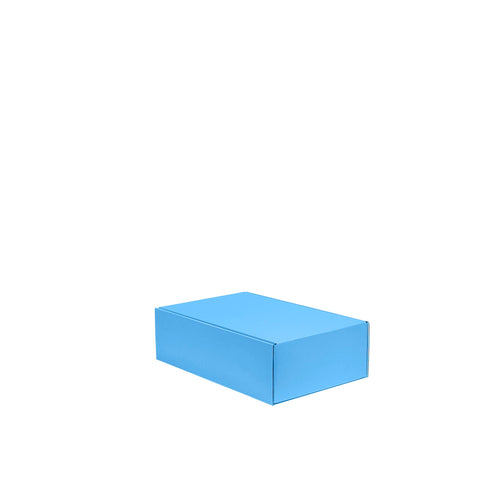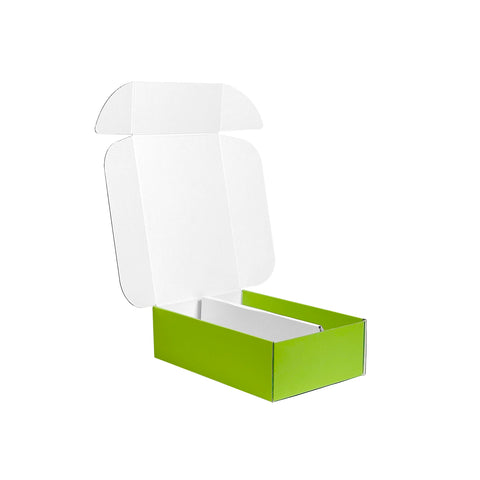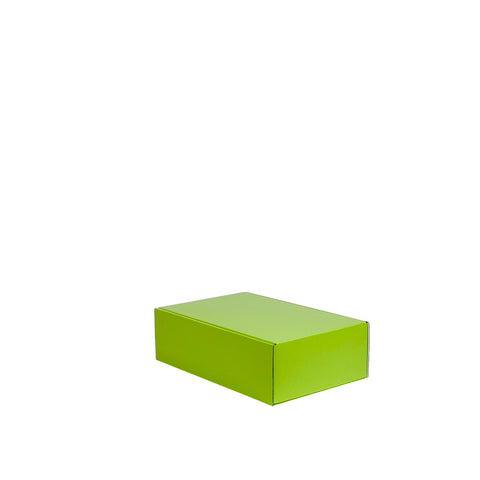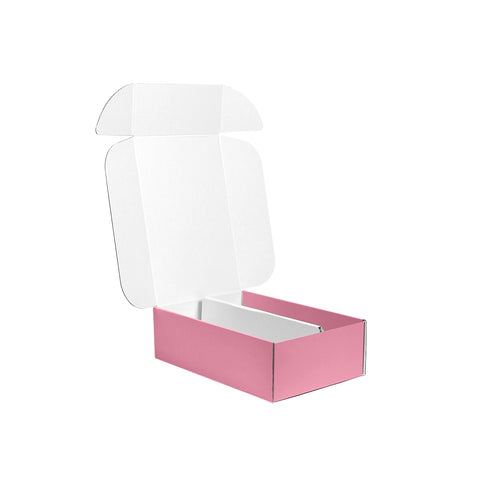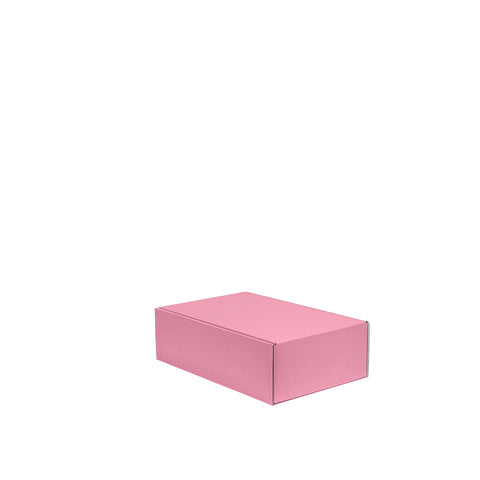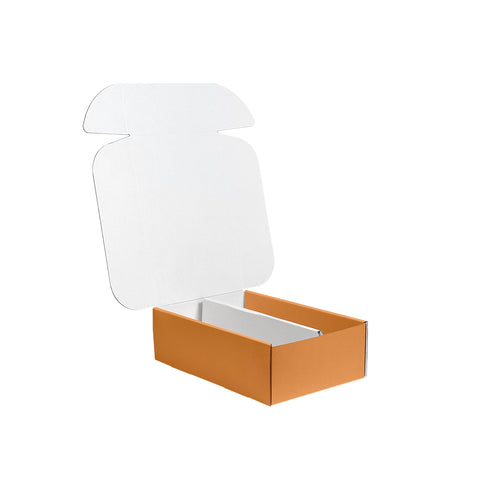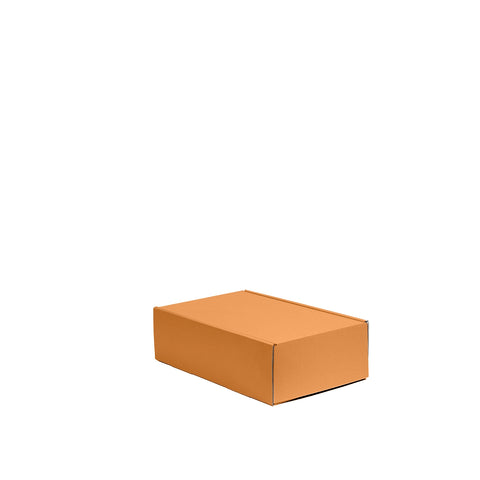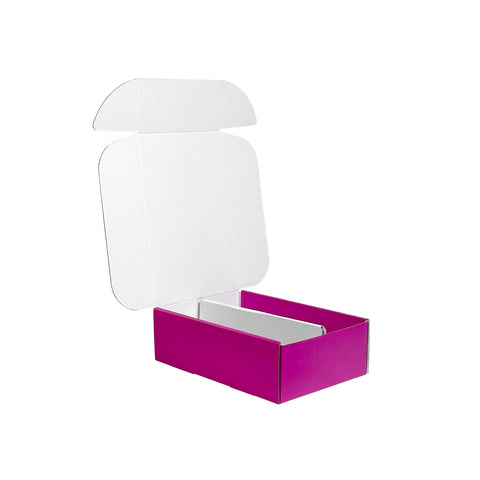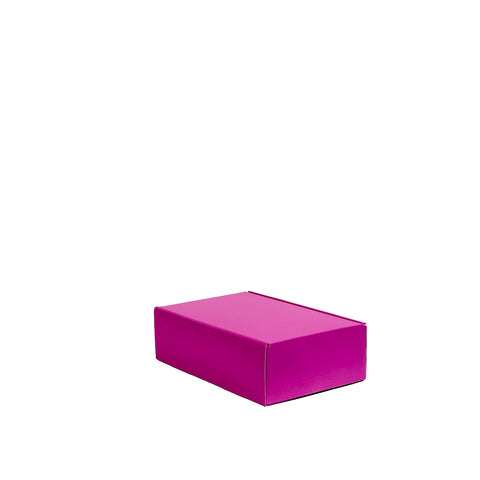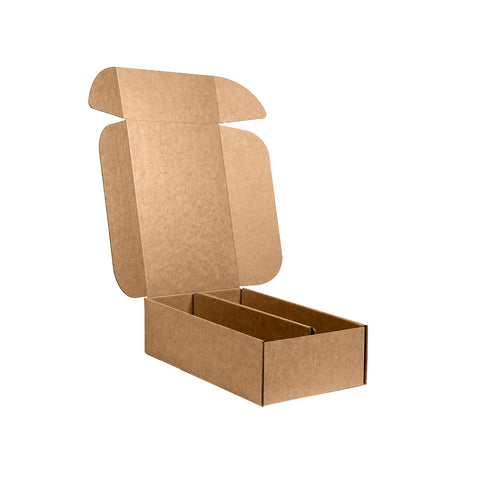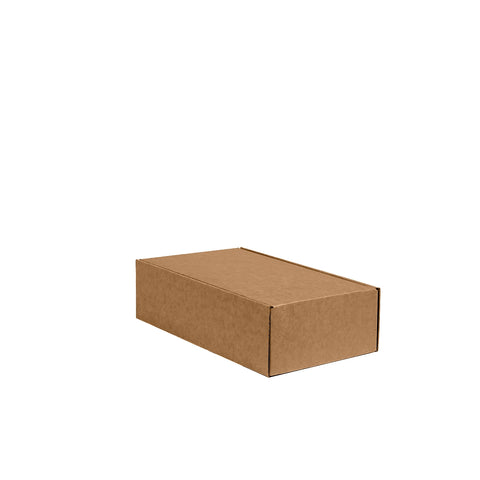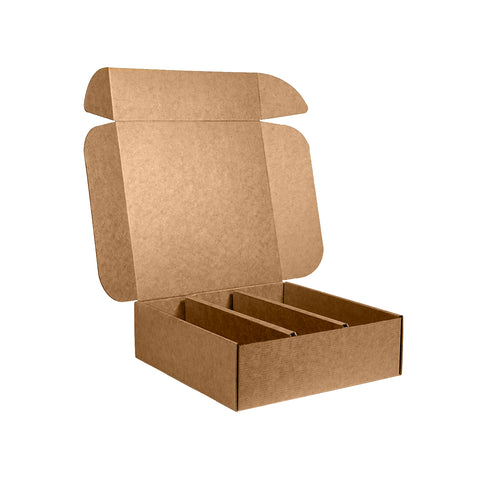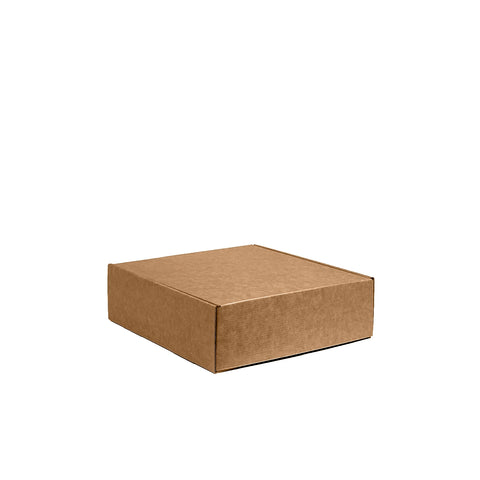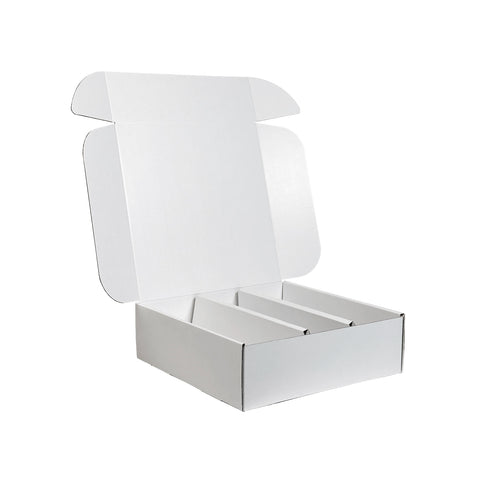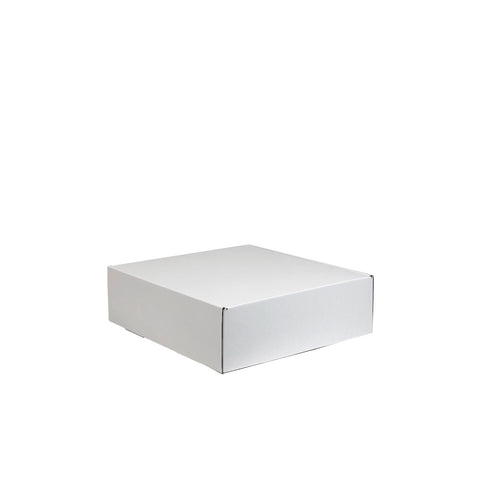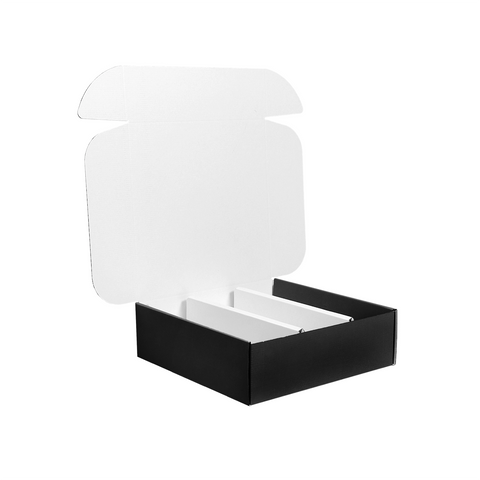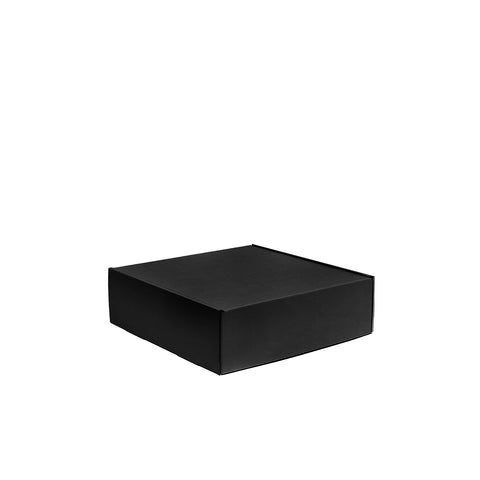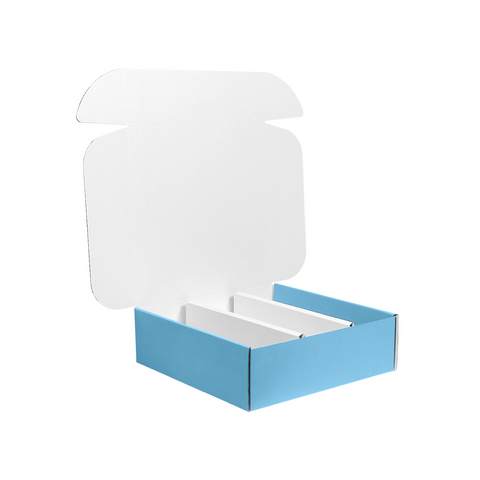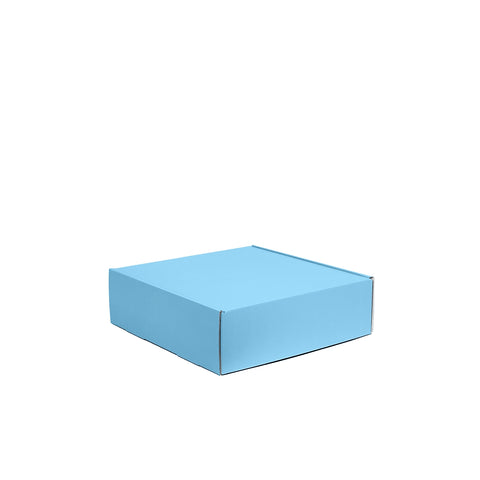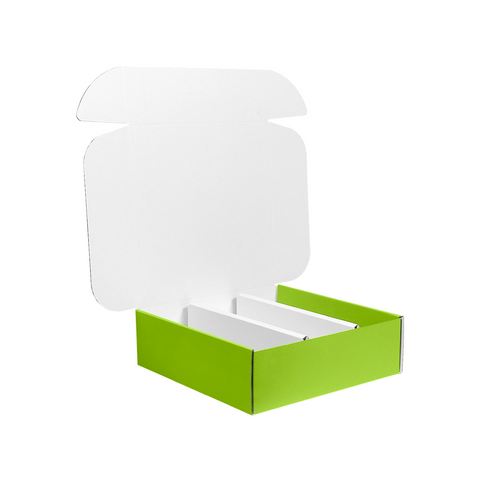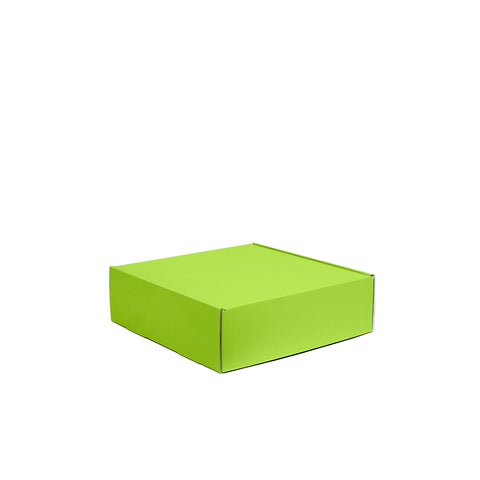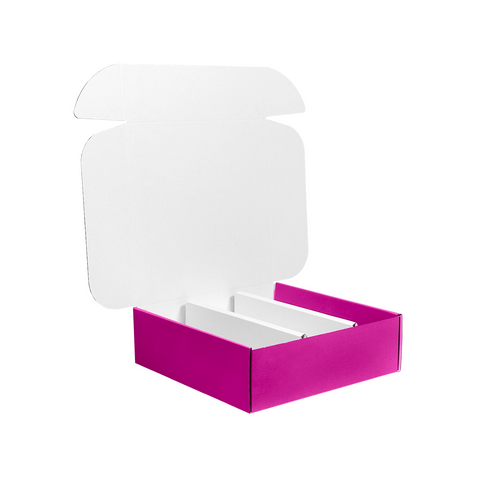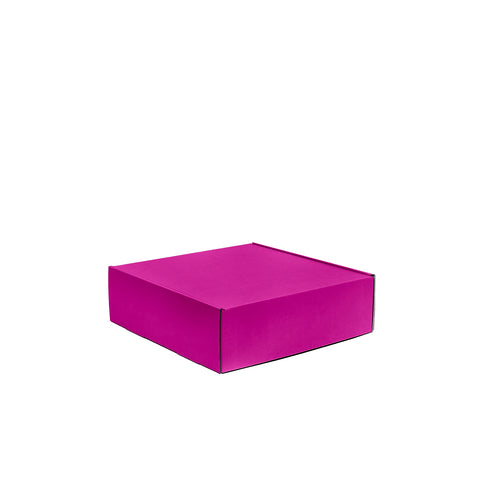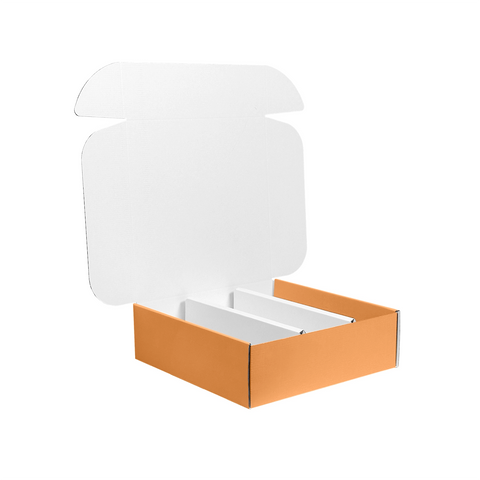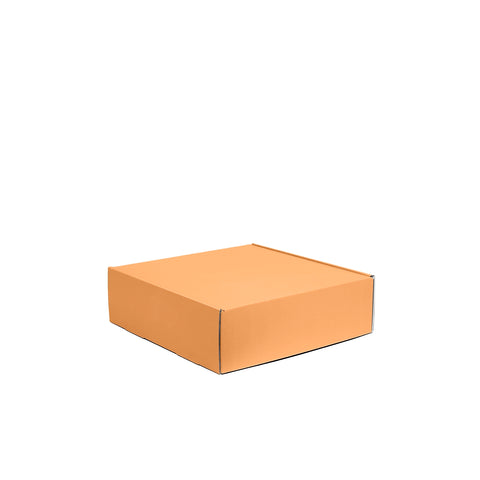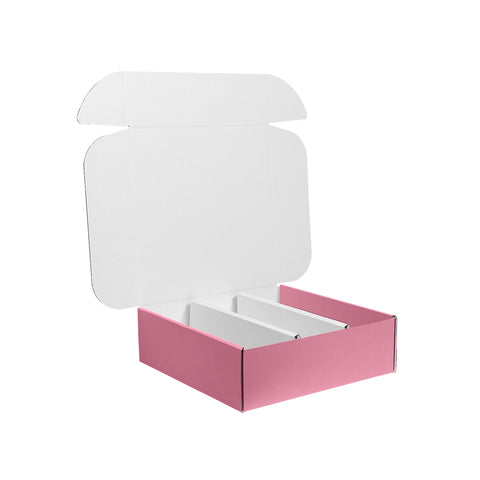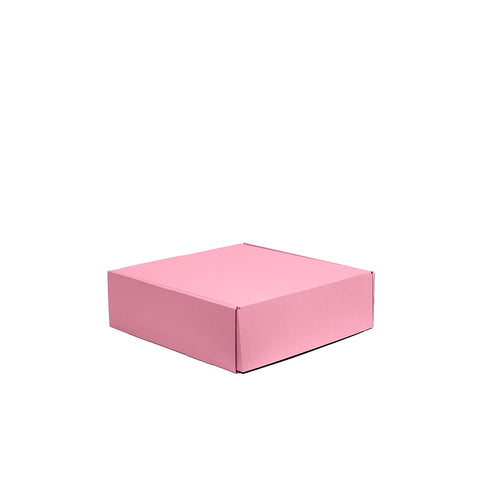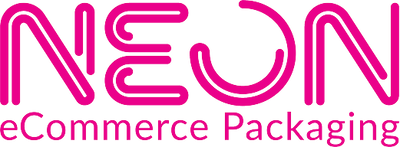Insights About Mailing Boxes
NEON Packaging’s Self-locking Mailing Boxes are designed with businesses in mind. They are made of durable and recycled cardboard. Also, they are size-matched to our premium gift boxes and provide extra security when shipping your products.
Our self-locking mailers are ideal for retail and eCommerce businesses. Designed with secure locking flaps and wings, they ensure your products stay safely enclosed during transit. They are perfect as Australia Post boxes, providing a reliable solution for shipping. Whether you need Aus Post boxes, an Aus Post box, or durable post boxes, our mailers offer the security and convenience you need for hassle-free delivery.
Self-locking wine boxes are constructed from durable 1.5mm E-Flute cardboard and are available in single, double, and triple bottle configurations, with a comprehensive range of colour options to meet your branding requirements. Each box features precision-cut protective inserts and dividers that secure bottles firmly during transit, eliminating movement and significantly reducing the risk of breakage. Ideal for wineries, retail businesses, and commercial shipping operations, these boxes provide reliable protection and professional presentation for valuable wine shipments across Australia.
Our Self-locking Mailing Boxes are available in small, medium, large, and extra-large sizes, perfectly complementing our Premium Magnetic Gift Boxes for creating stunning product hampers.
With seven vibrant colors, you can easily find the perfect shade that reflects your brand’s personality and resonates with your customers.
Here are the available colors:
White Mailing Box
Brown Mailing Box
Black and White Mailing Box
Pastel Pink Mailing Box
Pink Mailing Box
Pastel Green Mailing Box
These diverse colour options will help you make a memorable impression.
The single-wall B-Flute cardboard used in our mailer makes it lightweight and durable. It is ideal for product hampers. With four sizes to choose from, it can fit dainty items like jewellery and semi-bulky items like bed sheets.
Lightweight boxes are an excellent choice for efficient shipping, offering a perfect balance between durability and reduced shipping costs, making them ideal for a variety of products.
Post box boxes are the ideal solution for efficient shipping and storage needs, combining durability with lightweight design to minimize shipping costs.
Additionally, the design ensures that the contents remain protected during transit, minimising the risk of damage. Our mailer is excellent for businesses looking to enhance packaging efficiency and ensure customer satisfaction with secure and attractive product presentation.
Our Self-Locking Mailers are perfect for a postal box as they provide excellent protection for your products in the mail. These cardboard boxes offer a practical and eco-friendly solution to complete delivery to your customers safely.
Give your brand a unique presentation with NEON Packaging’s Self-Locking Mailing Boxes, designed to create a premium unboxing experience that delights your customers. These mailers, available in seven vibrant colours, ensure your products make a memorable impression when they arrive. The secure locking flaps and wings keep items safe during transit, providing peace of mind for both you and your customers.
We offer click-and-collect or in store pick up from our Campbelltown warehouse, available from 9am to 4:30pm Monday to Friday.
If you have any questions or would like to request a quote, please call us at 1300 531 930 or email us at info@neonpackaging.com.au.
We ship our packaging products right across Australia, with free delivery throughout Sydney Metro and Campbelltown when you spend over $100 – making it dead easy to get quality supplies without the extra cost. Whether you're in the city or out in Campbelltown, we've got your packaging needs sorted with reliable delivery that won't break the budget.
How many sizes are available?
Our self-locking mailing boxes are available in 4 sizes: Small, Medium, Large, and Extra-Large. Check out the product pages for exact measurements.
How many colours are there?
We have 7 colors available: pastel pink, neon pink, mint green, black, white, kraft brown, and white with kraft brown interior.
Can these boxes be reused?
Yes! These boxes are sturdy and can be reused for more shipping or as convenient home storage.
Can these boxes be recycled?
Yes! Break down the box and place it in the recycling bin.
Can I buy these in bulk?
Yes! You can buy our mailer boxes for wholesale prices. Check the product page and review the table to see what discounts are available for bulk purchasing!
How to Assemble the Self-locking Mailing Boxes?
Check this video: How to Assemble Self-locking Mailing Boxes

